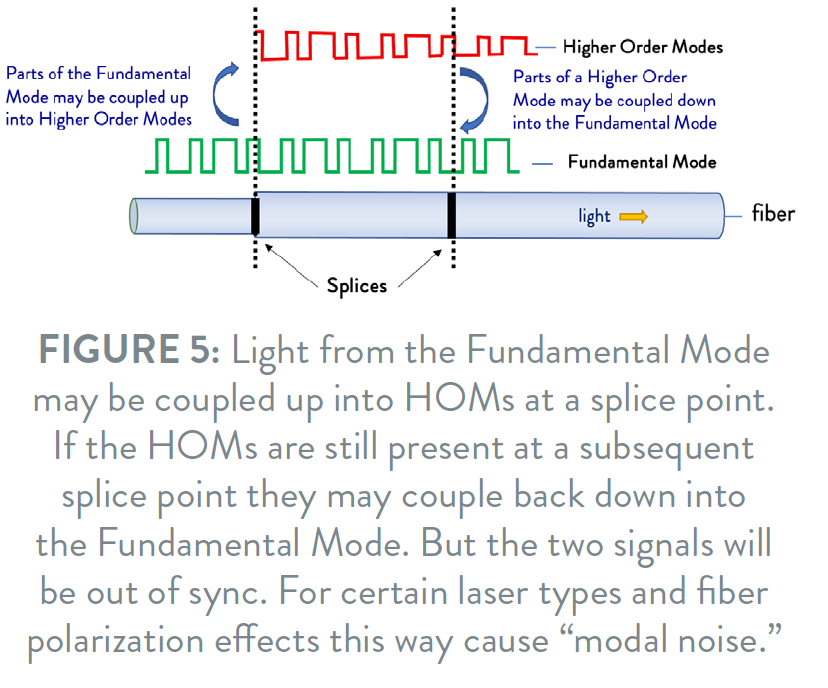
In these channel-like areas recombination at defects is reduced and thus the carrier transport is more efficient. The responsivity anisotropy of the photodetectors on ELO templates can be correlated to the defect density distribution in the absorber layer: The plan view panchromatic CL image (Fig. 2) shows stripe-like areas with reduced defect density parallel to the template trenches. So the band discontinuities between different areas are too small to cause internal gain. The absolute difference between the template types is much lower than for PDs with Al ~0.5Ga ~0.5N absorbers, and no gain is observed.Ĭathodoluminescence investigations show that the facetted growth in Al 0.9Ga 0.1N is much less pronounced than in Al ~0.5Ga ~0.5N.

Devices with fingers perpendicular to the trenches in the template (ELO-O) show up to 50 % higher responsivity than devices with fingers parallel to the trenches (ELO-P) and devices on standard templates (planar). The spectral characteristics show a sharp cut-off with a decrease by more than two orders of magnitude within 10 nm at 20 nm for AlN and 215 nm for Al 0.9Ga 0.1N (Fig. 1). This approach has been extended to MSM-PDs with Al 0.9Ga 0.1N absorber layer and AlN absorber layer. A strong anisotropy was found depending on the finger orientation on the template. It leads to an increase in responsivity by up to two orders of magnitude compared to photodetectors on standard templates due to internal gain. This defect reduction is achieved by epitaxial lateral overgrowth (ELO). We have extended our studies on UV photodetectors to devices that are only sensitive in the UV-C and vacuum UV (< 200 nm) region and have cut-off wavelengths below 220 nm.Īs reported earlier, our metal semiconductor metal photodetectors (MSM-PDs) with Al ~0.5Ga ~0.5N absorbers are sensitive only below 280 nm and have very high responsivity due to the use of AlN/sapphire templates with reduced defect density. For most applications it is necessary to monitor the emitted power in a certain wavelength range. High-power UV lamps, UV LEDs, and excimer lasers are widely used for UV lithography, medical applications, and disinfection.


 0 kommentar(er)
0 kommentar(er)
